Printing color sequence refers to the order in which each color printing plate is overprinted with a single color as a unit in multi-color printing.
For example: a four-color printing press or a two-color printing press is affected by the color sequence. In layman's terms, it means using different color sequence arrangements in printing, and the resulting printed effects are different. Sometimes the printing color sequence determines the beauty of a printed matter.
01 Reasons why printing color sequence needs to be arranged
There are three main reasons why printing color sequence needs to be arranged:
The most fundamental reason is the incomplete transparency of the printing ink itself, that is, the covering power of the ink itself. The ink printed later has a certain covering effect on the ink layer printed first, resulting in the color of the printed matter always focusing on the latter layer. A color, or a mixture of colors that emphasizes the back color and the front color.
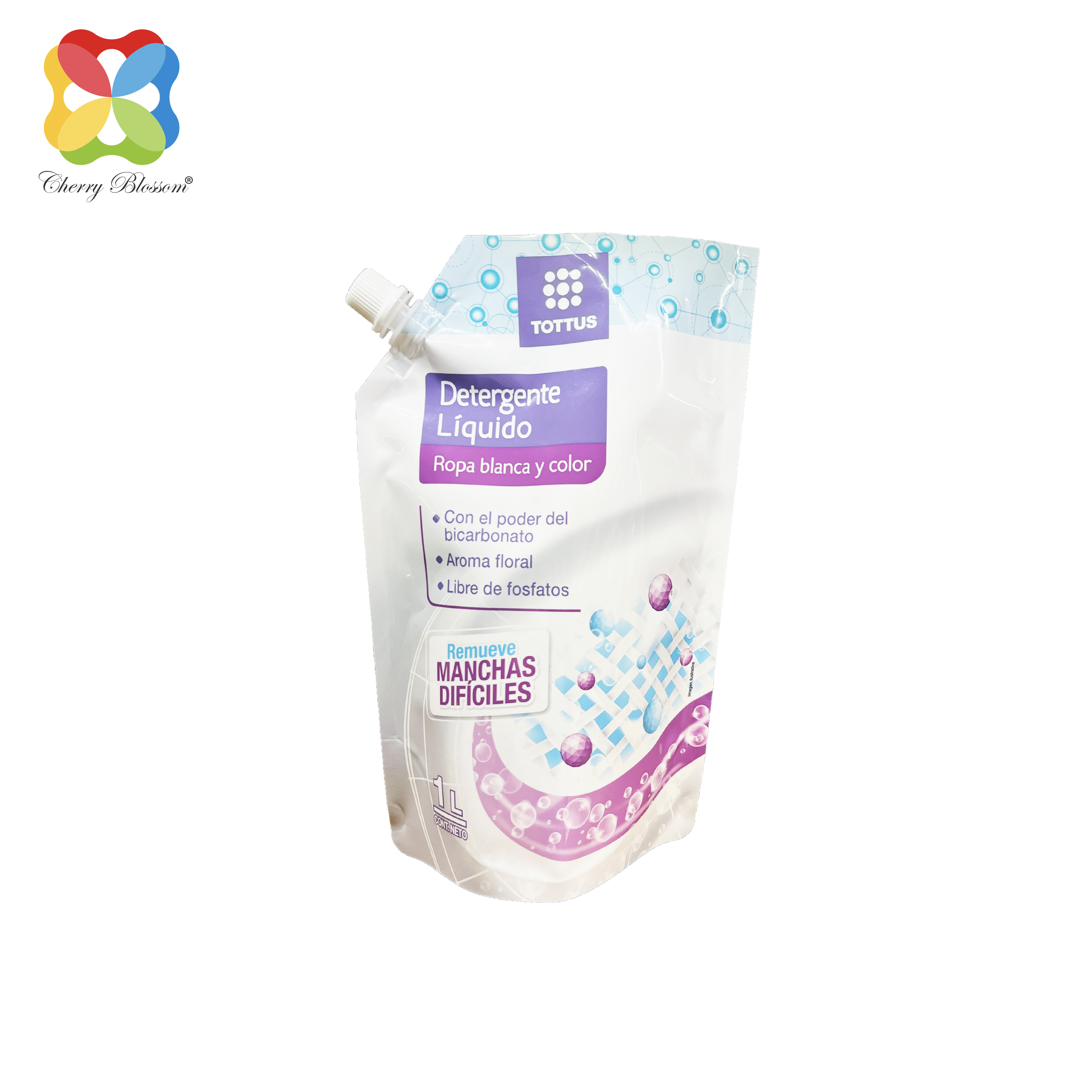
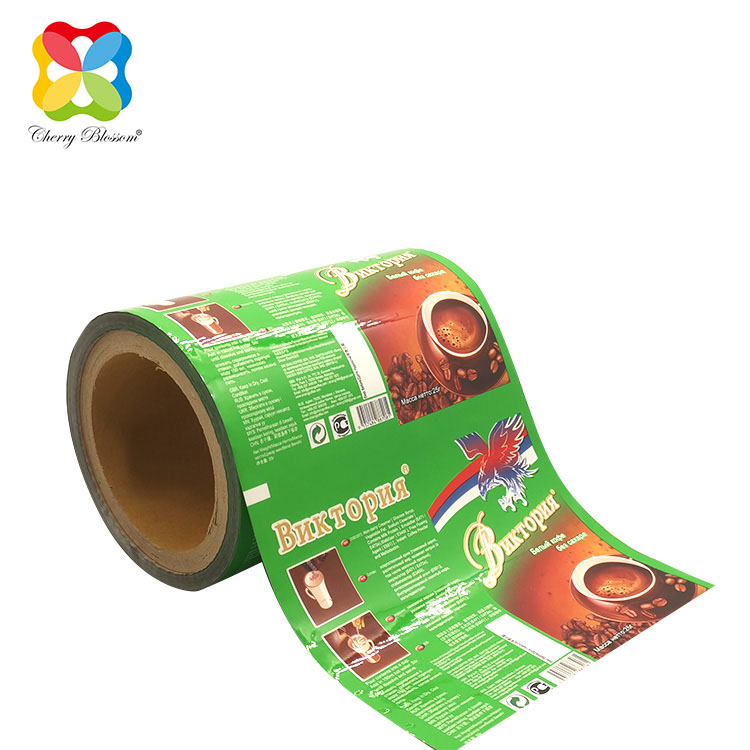
02 Factors affecting printing color sequence
1. Consider the transparency of ink
The transparency of the ink is related to the hiding power of the pigments in the ink. The so-called ink hiding power refers to the covering ability of the covering layer ink to the underlying ink. If the covering power is poor, the transparency of the ink will be strong; if the covering power is strong, the transparency of the ink will be poor. Generally speaking, inks with poor hiding power or strong transparency should be printed at the back, so that the luster of the front printing ink will not be covered to facilitate color reproduction. The relationship between the transparency of ink is: Y>M>C>BK.
2. Consider the brightness of the ink
The one with low brightness is printed first, and the one with high brightness is printed last, that is, the one with dark ink is printed first, and the one with light ink is printed last. Because the higher the brightness, the higher the reflectivity and the brighter the reflected colors. Moreover, if a light color is overprinted on a dark color, a slight overprinting inaccuracy will not be very conspicuous. However, if a dark color is overprinted on a light color, it will be completely exposed. In general, the relationship between the brightness of ink is: Y>C>M>BK.
3. Consider the ink drying speed
Those with slow drying speeds are printed first, and those with fast drying speeds are printed last. If you print quickly first, for a single-color machine, because it is wet and dried, it is easy to vitrify, which is not conducive to fixation; for a multi-color machine, it is not only not conducive to overprinting of the ink layer, but also easily causes other disadvantages, such as Dirty backside etc. The order of ink drying speed: yellow is 2 times faster than red, red is 1 times faster than cyan, and black is the slowest.
4. Consider the properties of paper
① Surface strength of paper
Paper surface strength refers to the bonding force between fibers, fibers, rubber and fillers on the paper surface. The greater the bonding force, the higher the surface strength. In printing, it is often measured by the degree of powder removal and lint loss on the paper surface. For paper with good surface strength, that is, strong bonding force and not easy to remove powder or lint, we should print the ink with high viscosity first. The ink with high viscosity should be printed in the first color, which is also conducive to overprinting.
② For paper with good whiteness, dark colors should be printed first and then light colors.
③ For rough and loose paper, print light colors first and then dark colors.
5. Consider from the outlet area occupancy rate
Smaller dot areas are printed first, and larger dot areas are printed later. The images printed in this way are richer in color and more distinct, which is also beneficial to dot reproduction.
6. Consider the characteristics of the original manuscript itself
Generally speaking, originals can be divided into warm-toned originals and cool-toned originals. For manuscripts with mainly warm tones, black and cyan should be printed first, and then magenta and yellow; for manuscripts with mainly cold tones, magenta should be printed first, and then black and cyan. This will highlight the main color levels more clearly.
7. Considering mechanical properties
Since the models of offset printing machines are different, their overprinting methods and effects also have certain differences. We know that the monochrome machine is a "wet on dry" overprinting form, while the multi-color machine is a "wet on wet" and "wet on dry" overprinting form. Their overprinting and overprinting effects are also not exactly. Usually the color sequence of a monochrome machine is: print yellow first, then print magenta, cyan and black respectively.
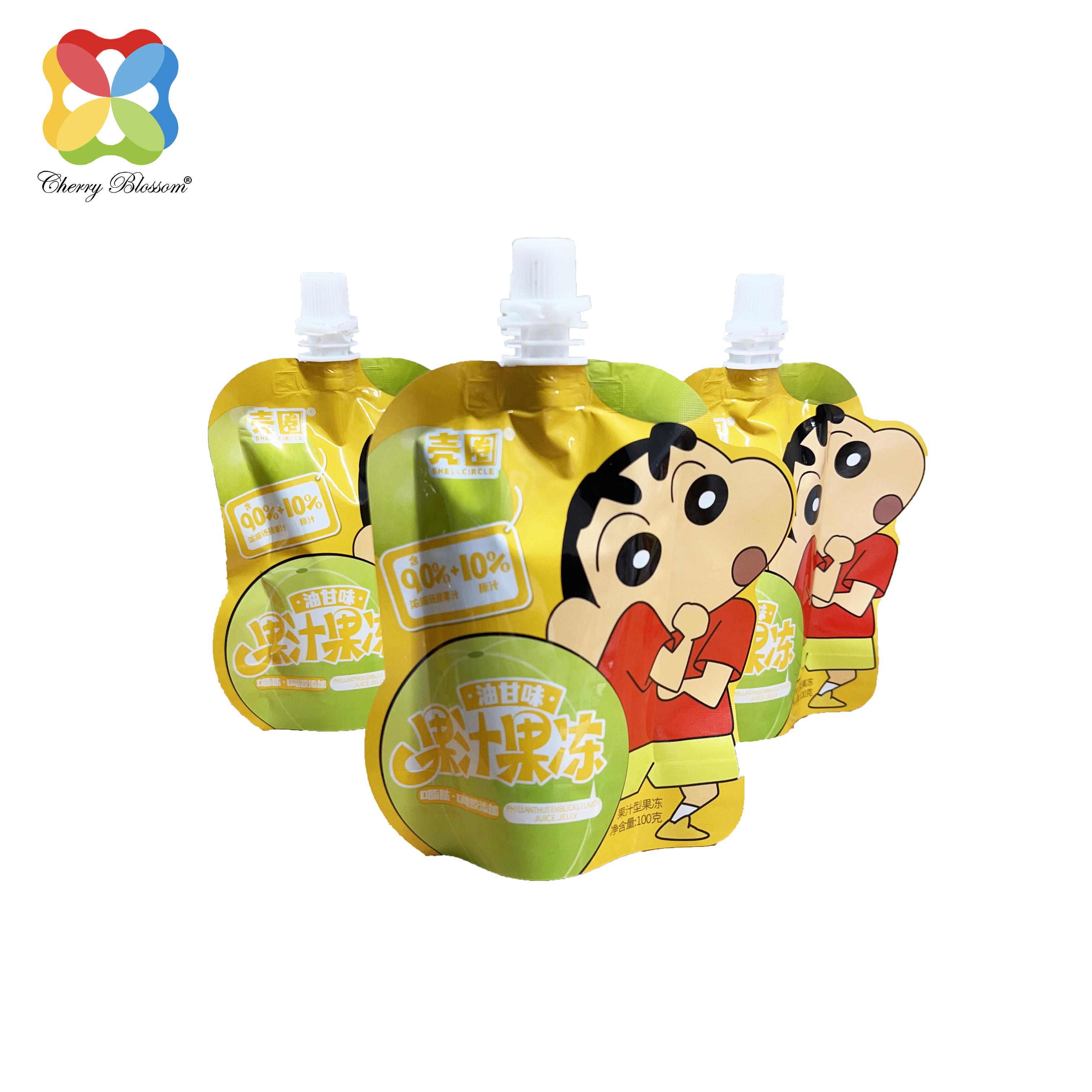
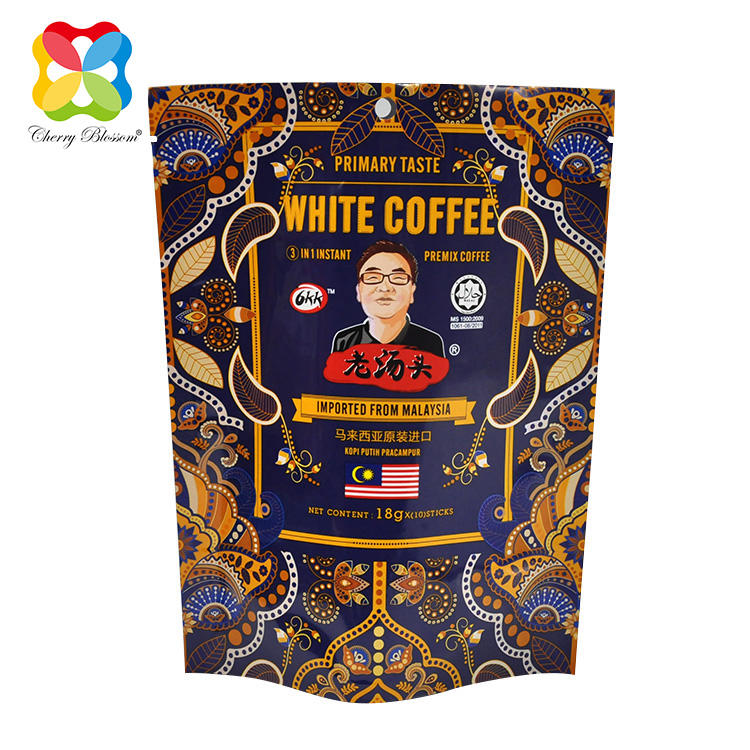
03 Principles that must be followed in printing color sequence
Printing color sequence will directly affect the quality of printed products. In order to obtain good reproduction effects, the following principles must be followed:
1. Arrange the color sequence according to the brightness of the three primary colors
The brightness of the three primary color inks is reflected in the spectrophotometric curve of the three primary color inks. The higher the reflectivity, the higher the brightness of the ink. Therefore, the brightness of the three primary color inks is: yellow>cyan>magenta>black.
2. Arrange the color sequence according to the transparency and hiding power of the three primary color inks
The transparency and hiding power of the ink depend on the difference in refractive index between the pigment and the binder. Inks with strong hiding properties have a greater impact on the color after overlaying. As a post-printing color overlay, it is difficult to show the correct color and cannot achieve a good color mixing effect. Therefore, the ink with poor transparency is printed first, and the ink with strong transparency is printed later.
3. Arrange the color sequence according to the size of the dot area
Generally, the smaller dot areas are printed first, and the larger dot areas are printed later.
4. Arrange the color sequence according to the characteristics of the original
Each manuscript has different characteristics, some are warm and some are cold. In the color sequence arrangement, those with warm tones are printed first with black and cyan, then red and yellow; those with mainly cold tones are printed with red first and then cyan.
5. Arrange the color sequence according to different devices
Generally speaking, the printing color sequence of a single-color or two-color machine is such that light and dark colors alternate with each other; a four-color printing machine generally prints dark colors first and then bright colors.
6. Arrange the color sequence according to the properties of the paper
The smoothness, whiteness, tightness and surface strength of paper are different. Flat and tight paper should be printed with dark colors first and then bright colors; thick and loose paper should be printed with bright yellow ink first and then dark colors because the yellow ink can cover it up. Paper defects such as paper fluff and dust loss.
7. Arrange the color sequence according to the drying performance of the ink
Practice has proven that yellow ink dries nearly twice as fast as magenta ink, magenta ink dries twice as fast as cyan ink, and black ink has the slowest fixation. Slow-drying inks should be printed first, and fast-drying inks should be printed last. In order to prevent vitrification, single-color machines usually print yellow at the end to facilitate rapid drying of the conjunctiva.
8. Arrange the color sequence according to the flat screen and the field
When the copy has a flat screen and a solid surface, in order to achieve good printing quality and make the solid surface flat and the ink color bright and thick, the flat screen graphics and text are generally printed first, and then the solid structure is printed.
9. Sort the colors according to light and dark colors
In order to make the printed matter have a certain gloss and print light colors, the dark colors are printed first, and then the light colors are printed.
10. For landscape products, the cyan image and text area is much larger than the magenta version. According to the principle of post-printing the color version with a large image and text area, it is appropriate to use black, magenta, cyan, and yellow in sequence.
11. Products with text and black solids generally use cyan, magenta, yellow, and black sequences, but black text and patterns cannot be printed on yellow solids, otherwise reverse overprinting will occur due to the low viscosity of yellow ink and the high viscosity of black. As a result, the black color cannot be printed or is printed incorrectly.
12. For pictures with a small four-color overprint area, the color registration sequence can generally adopt the principle of printing after the color plate with a large picture and text area.
13. For gold and silver products, since the adhesion of gold ink and silver ink is very small, the gold and silver ink should be placed in the last color as much as possible. Generally, it is not advisable to use three stacks of inks for printing.
14. The color sequence of printing should be as consistent as possible with the color sequence of proofing, otherwise it will not be able to catch up with the effect of proofing.
If it is a 4-color machine printing 5-color jobs, you must consider the problem of imprinting or overprinting. Generally, the color overprinting at the bite position is more accurate. If there is overprinting, it must be trapped, otherwise the overprinting will be inaccurate and it will easily leak out.
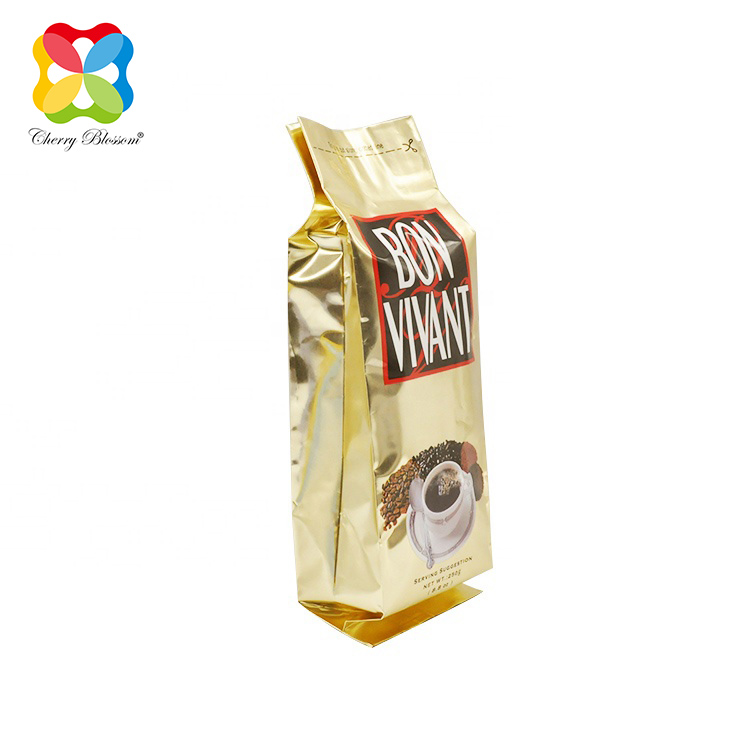
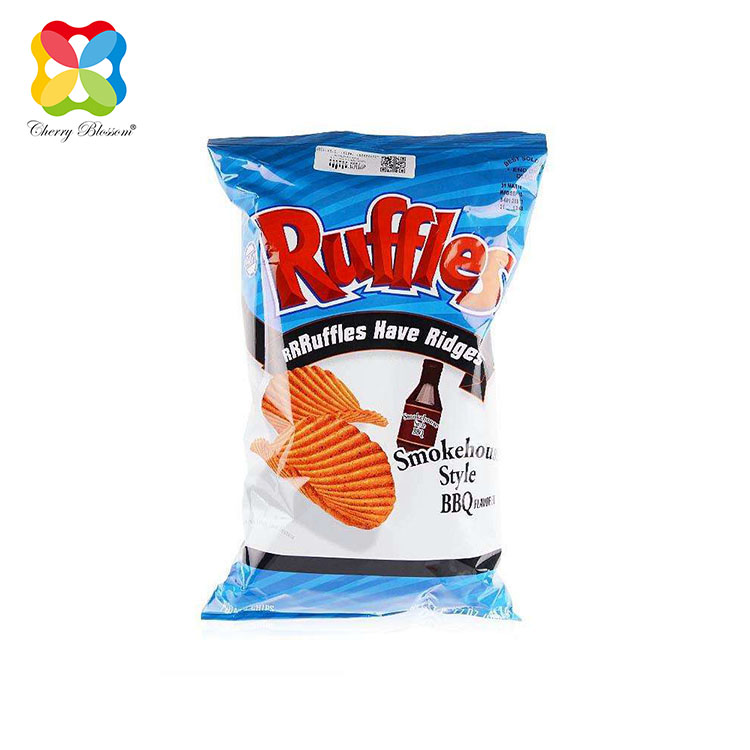
Post time: Jan-08-2024






